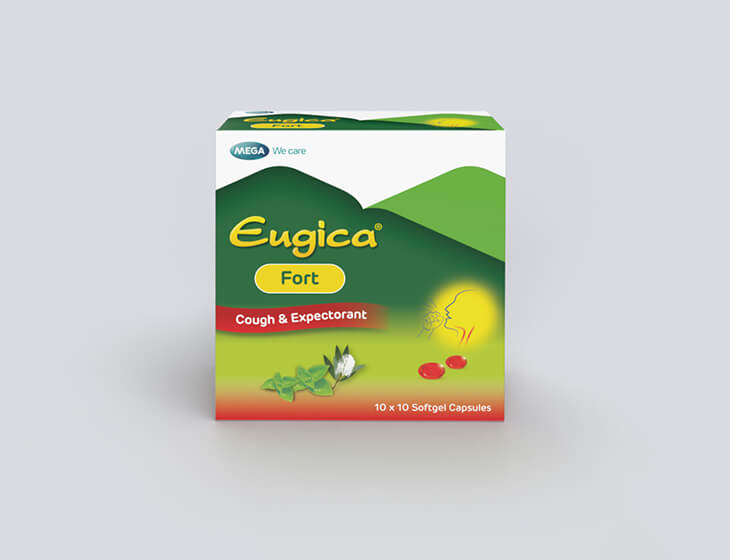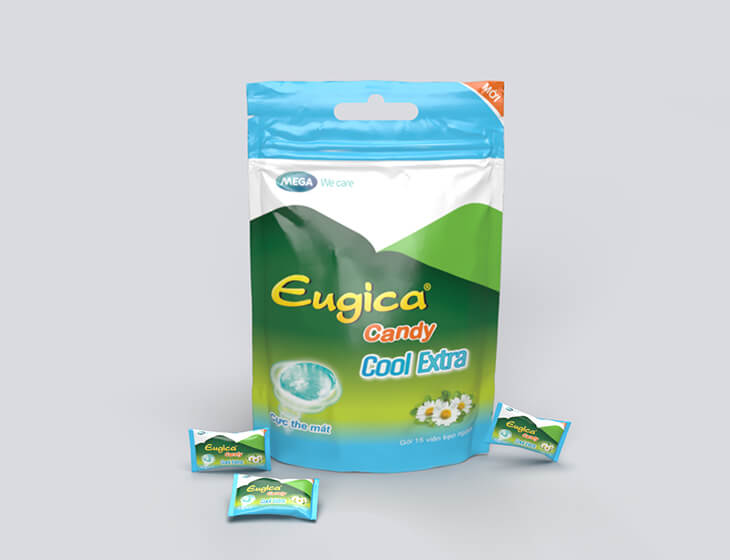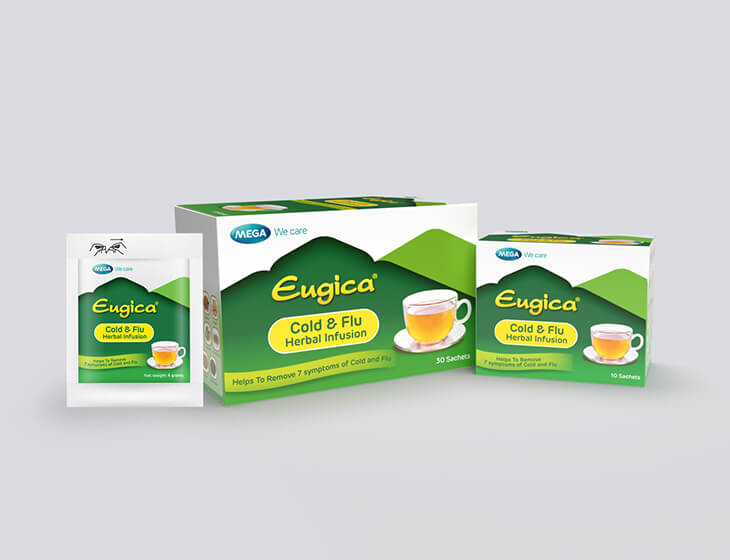Sinusitis
Sinusitis, an uncomfortable and painful condition, stems from the inflammation of the air-filled cavities in the skull known as sinuses. These intricately designed structures facilitate proper breathing and aid in the drainage of mucus from the nasal passages. However, when inflammation strikes, the resulting sinusitis can give rise to a distinct array of symptoms, often akin to other types of headaches. Empower yourself with an authoritative understanding of the condition by delving into its nuanced symptoms:

Bacterial or viral infection
Sinusitis frequently manifests following the initial inflammation of the nasal cavity and sinuses due to a viral infection. The subsequent invasion of bacteria capitalizes on the compromised state, further exacerbating the symptoms and prolonging the duration of the condition.

Allergic reaction
For individuals with allergies, the intricate passages of the nose and sinuses undergo swelling as a protective mechanism to expel offending "allergens." This heightened immune response, while well-intentioned, can lead to the development of sinusitis as the swollen tissues impede proper mucus drainage and promote the accumulation of inflammatory substances.

Fungal infection
Exposure to infecting fungi present in the environment can trigger an allergic reaction within the sinuses. This immune response manifests as the production of thick fungal debris, accompanied by sticky mucus and subsequent blockage of the infected sinus. These unique characteristics differentiate fungal sinusitis from other forms of the condition.

Environmental pollution
Compelling research indicates that prolonged inhalation of polluted air can directly compromise the integrity of the sinus and nasal air passages. The deleterious effects of environmental pollutants contribute to chronic inflammation, impeding proper sinus function and setting the stage for sinusitis to take hold.
What should I do?
When confronted with sinusitis, rest assured that numerous effective home remedies can aid in your recovery journey. Consider incorporating the following strategies into your self-care routine:
Steam Inhalation: Harness the therapeutic benefits of steam inhalation to alleviate nasal congestion and clear clogged passages, fostering easier breathing and sinus drainage.
Optimal Hydration: Maintaining adequate fluid intake, particularly water, assists in thinning mucus secretions, enabling smoother passage and effective clearance of the sinuses.
Dairy Avoidance: Temporarily abstaining from dairy products may reduce mucus production and congestion, alleviating symptoms associated with sinusitis.
Saline Nasal Sprays: Regular use of saline nasal sprays helps moisturize nasal passages and facilitate the expulsion of mucus, providing relief and promoting healing.
Humidifier Utilization: Employing a humidifier in your sleeping environment can mitigate dryness and aid in maintaining optimal nasal moisture levels, fostering more comfortable breathing and facilitating sinus recovery.
While these home-based interventions offer potential respite, it is advisable to consult a healthcare professional for comprehensive evaluation and guidance, especially if symptoms persist or worsen. Armed with this authoritative knowledge and a comprehensive toolbox of self-care strategies, you can take an active role in managing sinusitis, embracing the prospect of restored sinus health and overall well-being.
- Steam inhalation helps clear clogged nasal passages
- Drink plenty of water
- Avoid dairy products
- Use saline nasal sprays frequently
- Use humidifiers in your room at night












